15 Freaky Facts About The Ghost Shark – The Deep Sea’s Strangest Creature
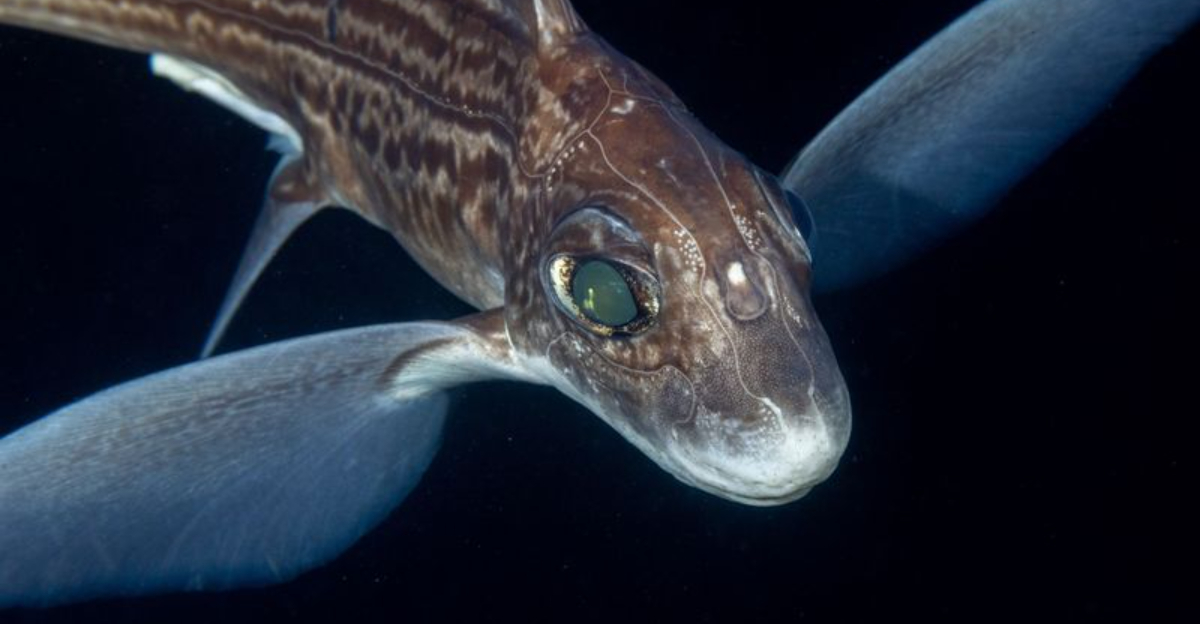
Lurking in the deepest, darkest corners of our oceans swims one of the most bizarre creatures you’ll ever encounter – the ghost shark. These mysterious fish have survived for 300 million years, making them older than dinosaurs!
With see-through skin, retractable sex organs on their heads, and glowing bodies, ghost sharks are truly nature’s underwater oddities worth discovering.
1. Not Actually Sharks
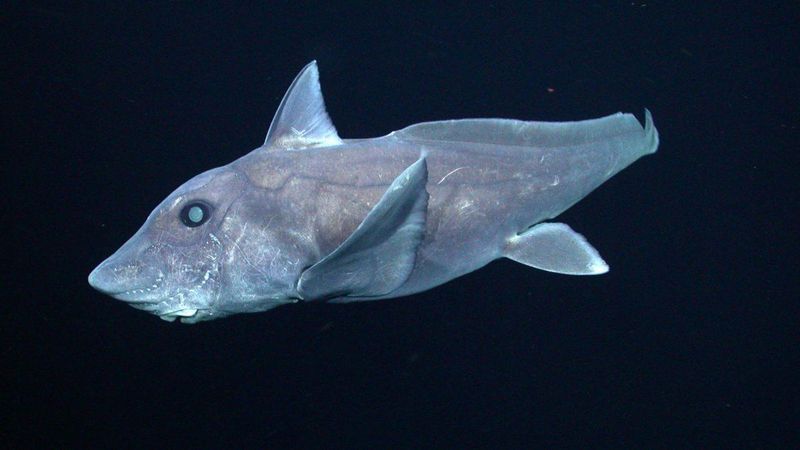
Surprise! Despite their name, ghost sharks aren’t true sharks at all. They belong to a separate ancient group called chimaeras, making them more like shark cousins.
Their lineage split from sharks nearly 400 million years ago. While they share some cartilage features with sharks, their unique evolutionary path has given them wildly different characteristics.
2. Strange Forehead Appendages
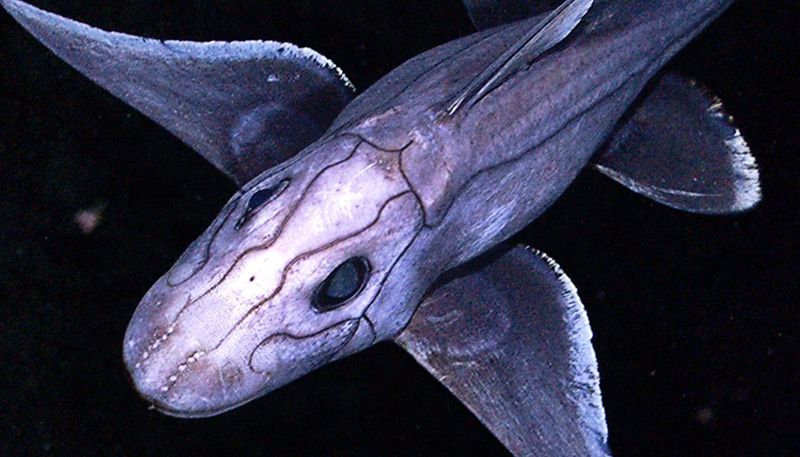
Male ghost sharks have one of the ocean’s oddest physical features – retractable forehead appendages called frontal claspers. These structures help grip females during reproduction and may also play a role in releasing mate-attracting signals.
When not in use, the claspers fold neatly into a special groove. Scientists are still studying their full function, but they remain one of nature’s weirdest adaptations.
3. Glowing In The Dark
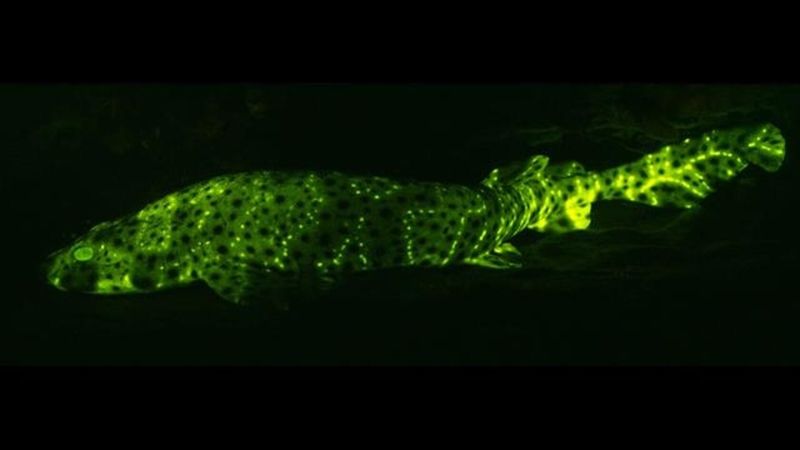
Talk about natural night lights! Ghost sharks have bodies covered in light-producing cells called photophores, allowing them to glow an eerie blue-green in the pitch-black deep sea.
This bioluminescence might help them communicate with potential mates or confuse predators. Some species can even control different body parts to flash independently, like living underwater light shows!
4. Venomous Spines
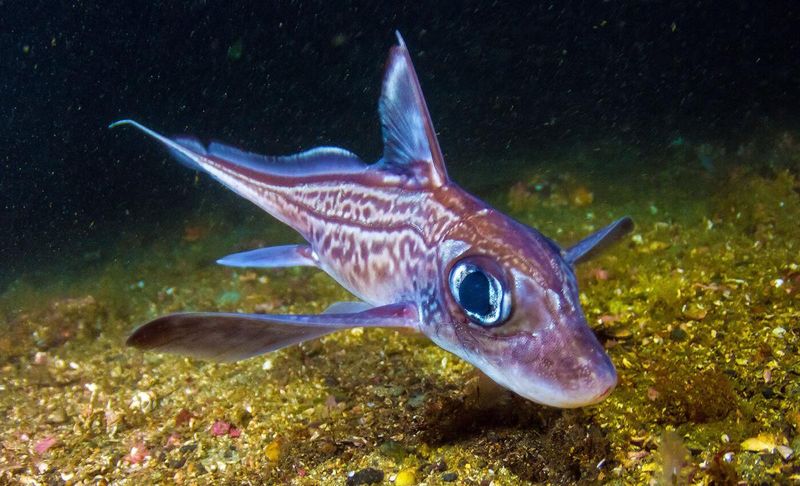
Watch out for those dorsal fins! Many ghost shark species pack venomous spines that can deliver painful stings to predators or careless human handlers.
The venom glands connect to sharp, serrated spines on their dorsal fins. While not fatal to humans, the sting causes intense burning pain and swelling that can last for days. These natural weapons make up for their otherwise gentle nature.
5. Face Tentacles
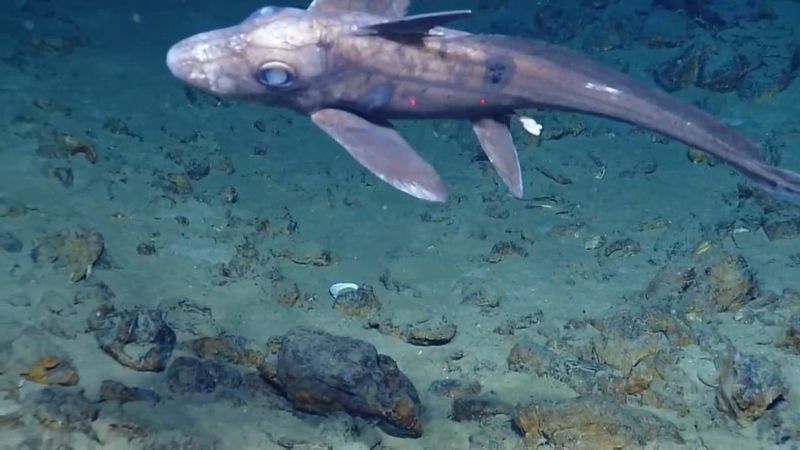
Those weird whisker-like appendages around their snouts aren’t just for show. Ghost sharks possess specialized sensory tentacles loaded with electroreceptors to detect prey hidden in ocean sediment.
These sensitive feelers can pick up the faintest electrical signals from animals buried in mud. Think of them as living metal detectors, helping ghost sharks find tasty meals even in complete darkness!
6. Toothless Wonders
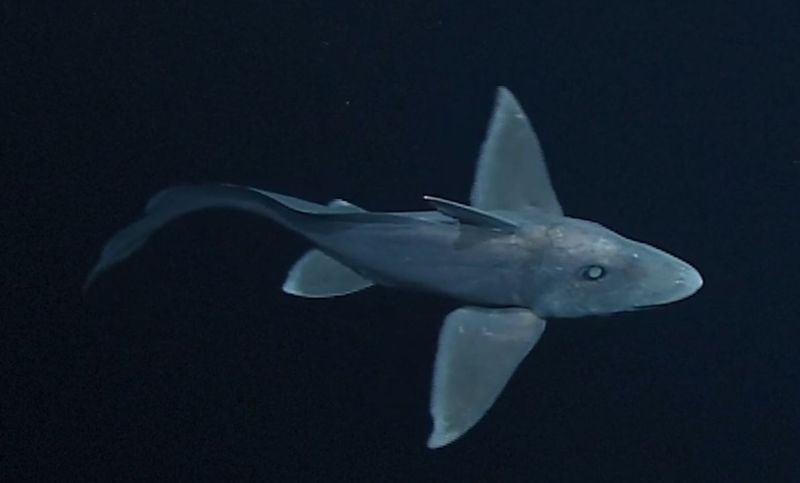
Razor-sharp teeth took a backseat in favor of something far stranger in the ghost shark’s evolution. Tooth plates that look more like a rabbit’s front teeth help them crush tough-shelled prey with ease.
Crabs, mollusks, and other armored snacks pose no problem for this built-in nutcracker system. Constant grinding has sculpted those plates into durable tools perfectly suited for deep-sea dining.
7. Living Fossils
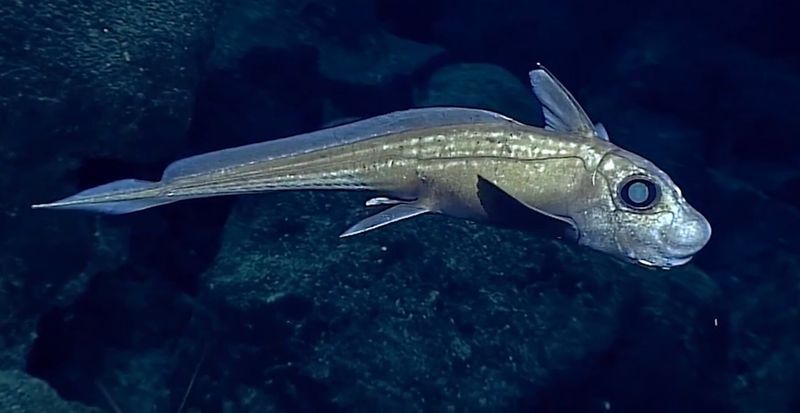
When dinosaurs roamed the Earth, ghost sharks were already ancient! Fossil evidence shows these bizarre fish have remained largely unchanged for over 300 million years.
Their prehistoric appearance and primitive features earn them the title of “living fossils.” While countless species have evolved or gone extinct, ghost sharks continue cruising the deep with their time-tested body design.
8. Disappearing Lateral Lines
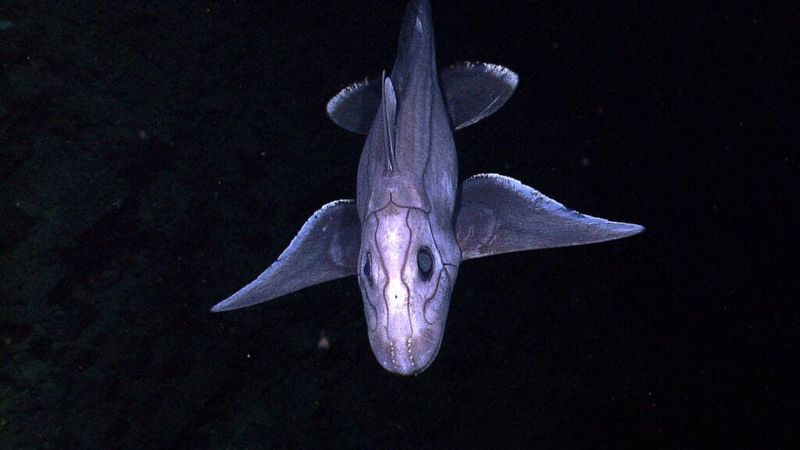
Unlike their shark cousins who sport visible lateral lines along their bodies, ghost sharks have evolved these sensory channels into a network of cryptic open grooves covering their heads.
These modified canals, filled with sensitive jelly, detect the slightest water movements and pressure changes. This advanced sensing system gives ghost sharks a 3D awareness of their surroundings even in complete darkness.
9. Transparent Bodies
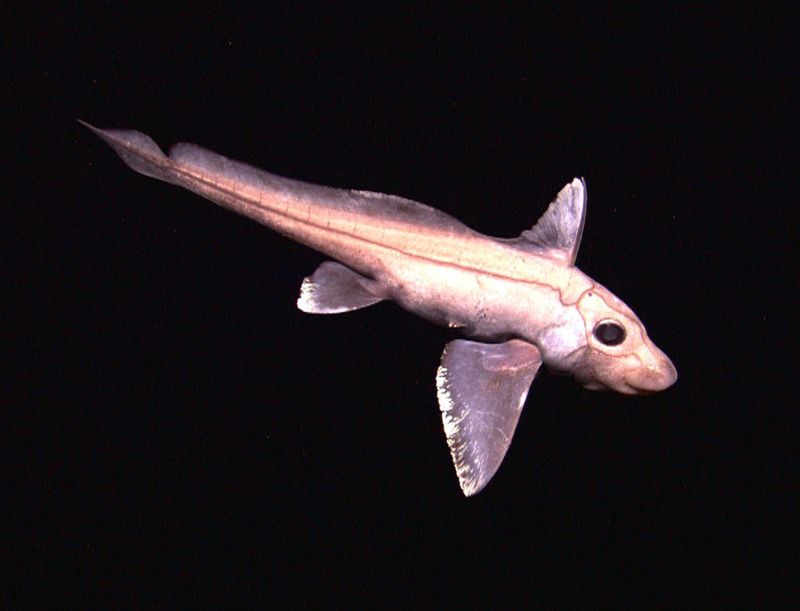
Skin so translucent that internal organs are visible gives some ghost sharks an otherworldly appearance. Light filters through their bodies, creating an eerie, almost invisible profile in the deep.
Lack of pigmentation may be an energy-saving trait in the dark, pressurized depths they call home. Blending into the shadows becomes a survival strategy in a world where light barely exists.
10. Runway-Ready Fins
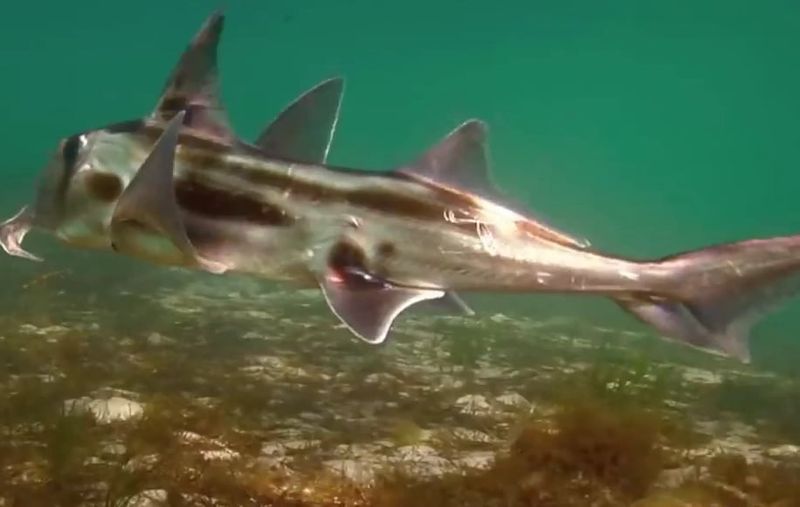
Fashion meets function with ghost sharks’ enormous wing-like pectoral fins that spread like underwater capes as they glide through the deep.
These oversized fins create a graceful, bird-like swimming style unlike any other fish. Rather than the typical fish tail propulsion, ghost sharks primarily use these giant “wings” to soar through water with minimal energy expenditure.
11. Pressure-Proof Bodies
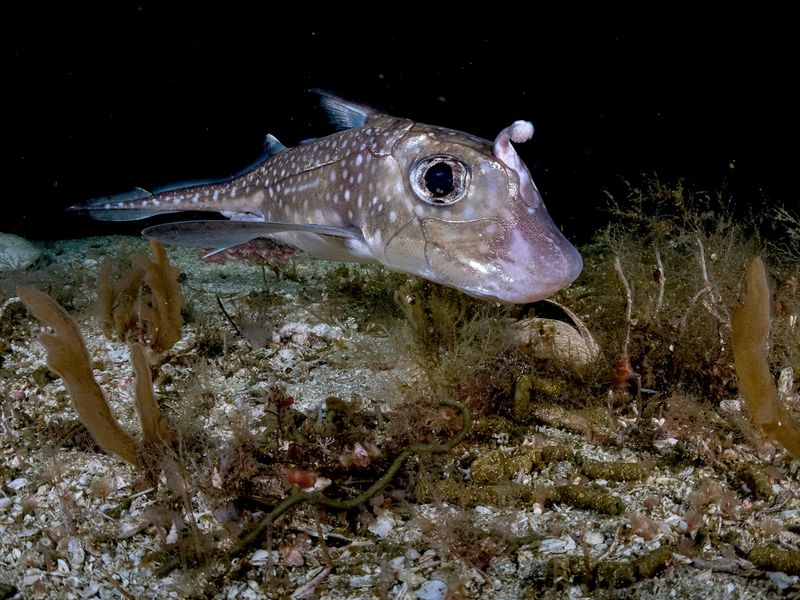
Talk about tough! Ghost sharks thrive at crushing ocean depths where pressures would flatten a submarine. Some species live more than 8,000 feet below the surface!
Their cartilage bodies contain special adaptations to withstand these extreme conditions. Without air spaces that could collapse under pressure, they move freely between different ocean depths without suffering the decompression problems that would kill humans.
12. Eerie Eyes
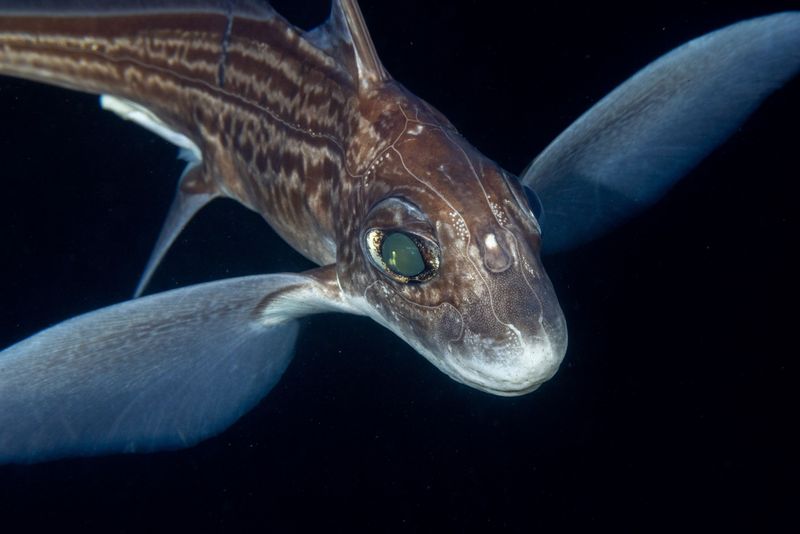
Those massive, reflective eyes aren’t just creepy – they’re engineering marvels designed for the deepest, darkest environments on Earth.
Ghost shark eyes contain specialized cells that maximize light capture in near-total darkness. Some species can even detect the faintest blue-green wavelengths from bioluminescent creatures. Their eyes appear to glow when light hits them, adding to their ghostly appearance.
13. No Swim Bladders
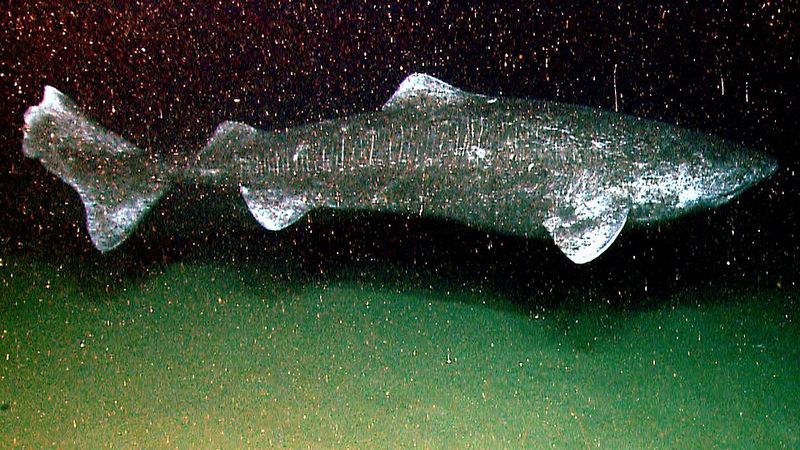
Most fish stay afloat with the help of swim bladders, but ghost sharks had something else in mind. Huge, oil-packed livers do the job instead, keeping them buoyant without all the effort.
Hovering through deep waters becomes second nature thanks to this built-in floatation system. It’s a clever, low-energy way to cruise the ocean depths in style.
14. Secret Sixth Sense
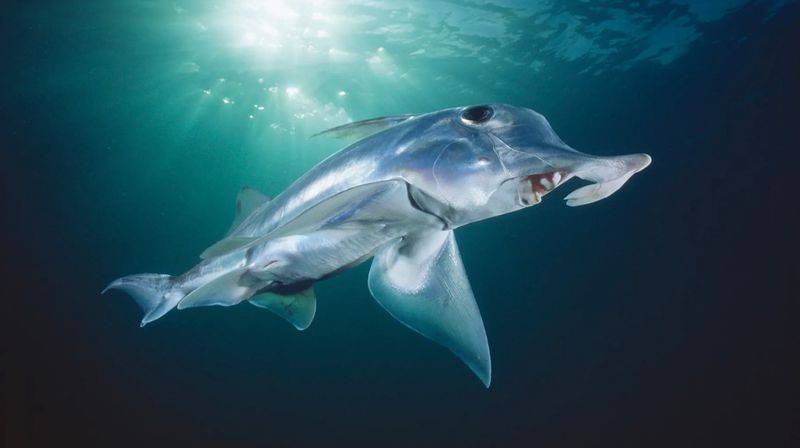
Ghost sharks possess an extraordinary ability to detect electrical fields, even those generated by a beating heart! This sixth sense, called electroreception, works through specialized organs called ampullae of Lorenzini.
These jelly-filled pores dot their snouts and faces, acting like biological metal detectors. The adaptation lets them find prey buried under sand or hidden in darkness by sensing the tiny electrical currents all living creatures produce.
15. Rarely Seen Alive
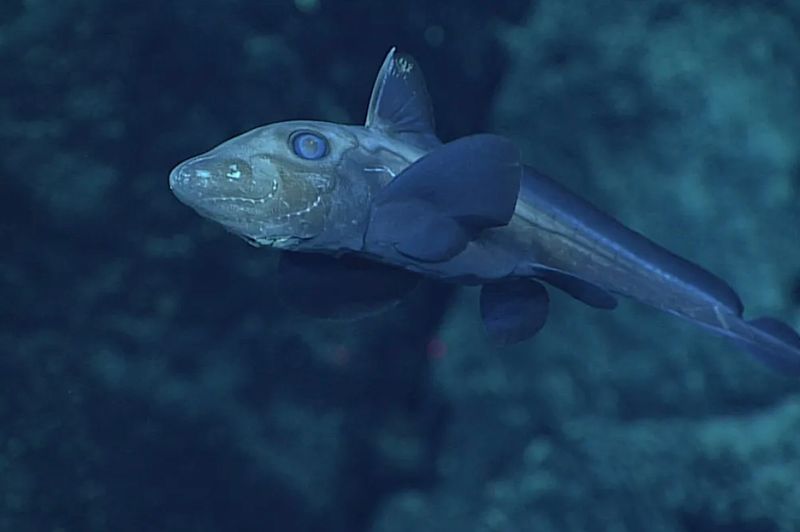
Despite existing for hundreds of millions of years, humans rarely encounter living ghost sharks. Most scientific specimens come from accidental deep-sea fishing captures.
The first live footage of a ghost shark in its natural habitat wasn’t recorded until 2016! Their extreme deep-sea habitats and naturally low population numbers make them among the ocean’s most elusive creatures, with many species still undiscovered.






